He’s a Legendary Transplant Surgeon. At 88, His Work Isn’t Done
Share
Explore Our Galleries
Breaking News!
Today's news and culture by Black and other reporters in the Black and mainstream media.
Ways to Support ABHM?
by Anissa Durham, Word In Black
Dr. Clive O. Callender fought racism in medicine and built a movement that saved thousands of Black lives.
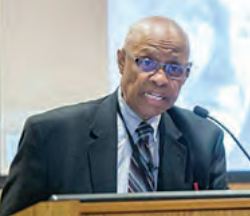
This article is part of “On Borrowed Time” a series by Anissa Durham that examines the people, policies, and systems that hurt or help Black patients in need of an organ transplant. Read part one, two, and three.
It’s the 1960s. Inside a patient’s hospital room, cardiac monitors beep softly in the dark. The faint rise and fall of a chest. The hum of machines. There are no cell phones or call buttons. The floor is hard, cold to the touch — not the kind of place you’d want to sleep.
On many nights, it’s where Dr. Clive O. Callender, then a young chief resident at Freedmen’s Hospital in Washington, D.C., lays his head for a nap. Every few hours, he wakes to check on a patient who has just received a new kidney or liver.
It was an unconventional approach, but Dr. Callender, now 88, says it was necessary to keep them alive. He is, after all, one of the nation’s first Black transplant surgeons, a position that required him to be better than good. In the 1960s, he was carrying the weight of proving Black folks could be transplant surgeons on his slender shoulders. So Dr. Callender was taking no chances.
Discover more about Dr. Clive O. Callender
Check out our galleries and exhibits.
Click here for more Breaking News.
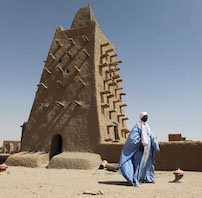
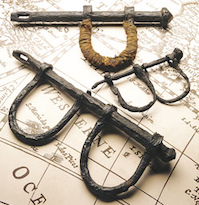
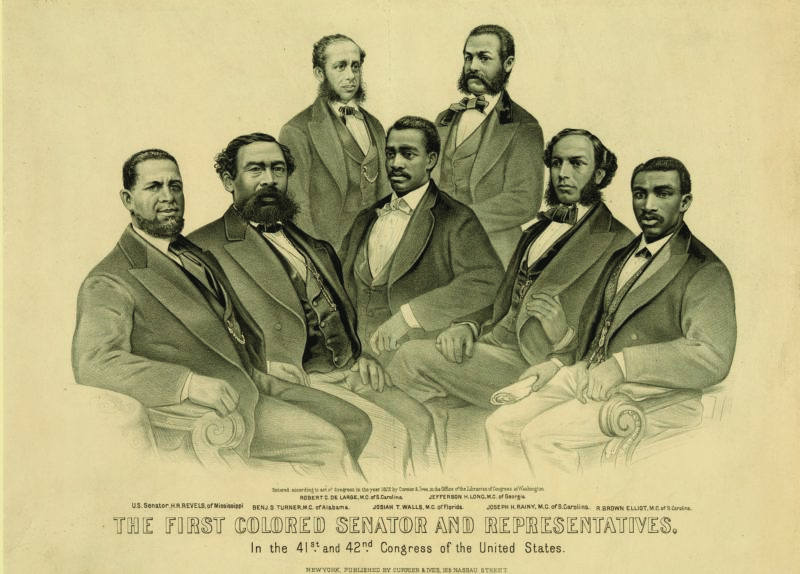
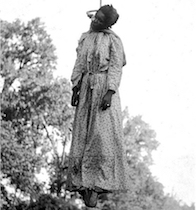
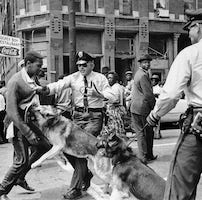
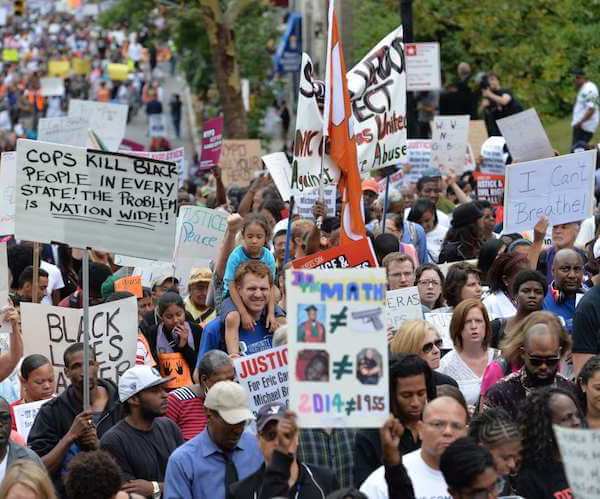
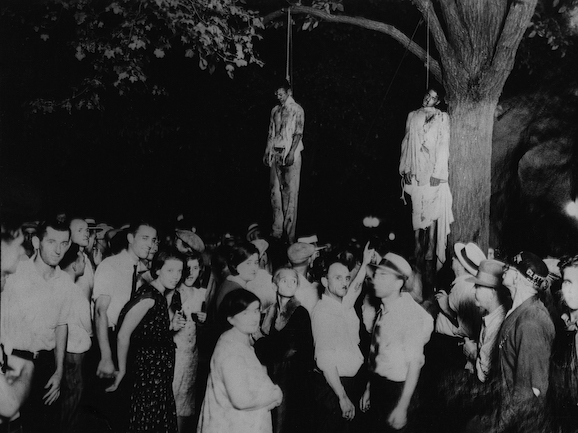

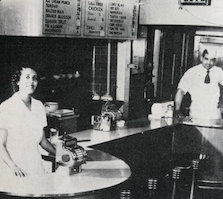
Comments Are Welcome
Note: We moderate submissions in order to create a space for meaningful dialogue, a space where museum visitors – adults and youth –– can exchange informed, thoughtful, and relevant comments that add value to our exhibits.
Racial slurs, personal attacks, obscenity, profanity, and SHOUTING do not meet the above standard. Such comments are posted in the exhibit Hateful Speech. Commercial promotions, impersonations, and incoherent comments likewise fail to meet our goals, so will not be posted. Submissions longer than 120 words will be shortened.
See our full Comments Policy here.